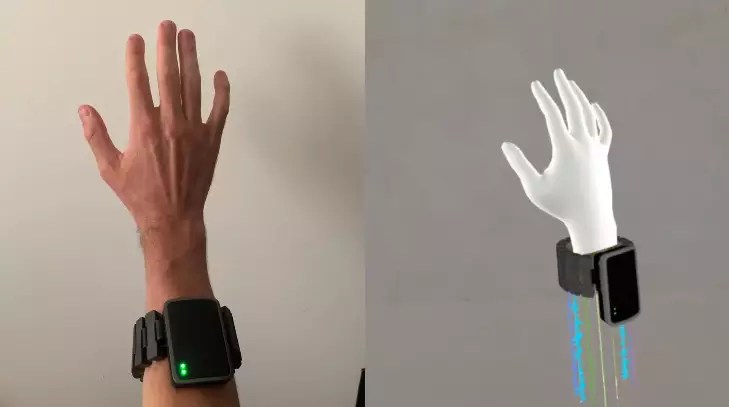The realm of neural-machine interfacing is rapidly evolving, with companies like Neuralink and Meta pushing the boundaries of what is possible. While Neuralink may have grabbed headlines with its invasive chip implantation technology, Meta is taking a different approach with a non-invasive wristband that tracks hand and finger movements through neural electrical signals. This technology, known as electromyography, promises a more user-friendly alternative to traditional neural interfaces.
Meta CEO Mark Zuckerberg recently revealed that the company has been working on this technology for several years and is close to bringing it to market. Unlike Neuralink’s brain chip, Meta’s wristband aims to provide a discreet and private interface for users to communicate with AI or other individuals in real time. By detecting neural signals passing through the nerves in the arm, users can control devices simply by thinking about how they want to move their hand.
While the technology may initially seem limited to tasks like moving a mouse pointer or a game controller, Zuckerberg envisions a future where users can type and interact with technology through neural signals alone. The spare bandwidth in our nervous system allows for new possibilities in control inputs without the need for physical movements. This opens up a world of potential applications, from seamless communication with AI to real-time interactions with others without any visible cues.
As with any new technology, Meta’s wristband raises certain challenges and concerns. The idea of sending messages or controlling devices through neural signals may sound like science fiction, but it also raises questions about privacy and security. How can users ensure that their thoughts remain private when interacting with AI or other individuals? Moreover, the potential for misuse or unintended consequences raises ethical considerations that must be addressed as the technology progresses.
Meta’s wristband technology is just one example of the rapid advancements in neural-machine interfacing. As AI technologies continue to evolve, the possibilities for seamless human-computer interactions are expanding exponentially. While the benefits of such technologies are clear, there are also significant challenges that must be addressed to ensure that they are used ethically and responsibly. As we look to the future, it is clear that the intersection of human biology and technology will continue to shape our lives in ways we have yet to fully comprehend.


Leave a Reply